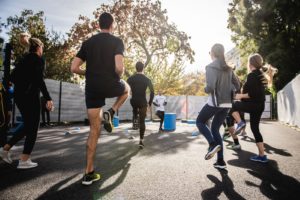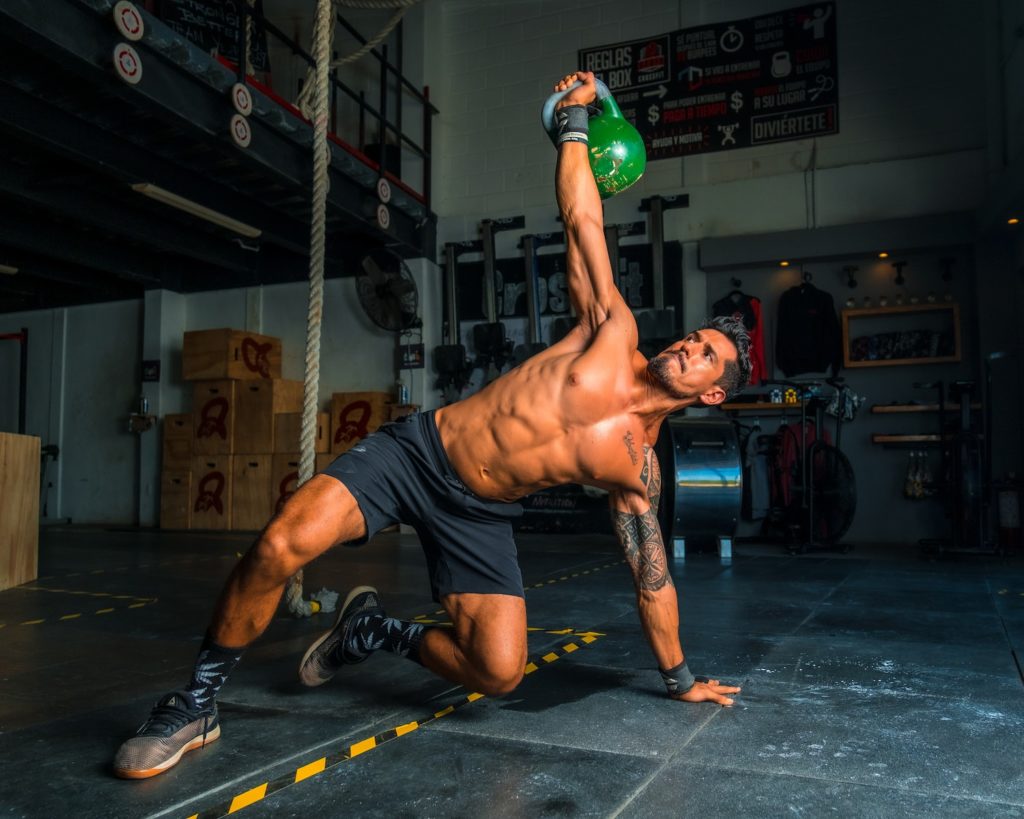Here’s why elderly people lose muscle mass naturally over time and how regular physical activity and resistance training might assist.
Almost everyone shrinks as they get older. Many older folks have more difficulty growing muscle than they did as children and teenagers. And the term “use it or lose it” holds when it comes to preserving that muscle.
Several causes contribute to involuntary muscle atrophy with age. The exact period at which people’s muscle mass begins to drop varies, but many people detect notable alterations in their 30s. According to studies, muscle mass declines by 3 to 8% per decade after the age of 30, and at a faster pace after the age of 60. Losing that strength might be annoying in terms of keeping up with daily activities, but it can also have serious health effects.
Muscle tissue and cell changes
Muscle is a dynamic tissue, according to Studenski. “Turnover occurs throughout your life. We’re always building new muscle and tearing down old muscle.”
Smooth muscle lines the stomach wall and organs save for the heart; cardiac muscle is striated and covers the heart; and skeletal muscle, which can be found in the arms and legs, is also striated. Skeletal muscle is frequently tested for sarcopenia, a kind of muscular atrophy in which age-related muscle and strength loss is accelerated. Sarcopenia was officially recognized as a disease in 2016. Muscle tissue is composed of long, thin fibers that each contain a single muscle cell. Actin and myosin are proteins produced by cells that cause muscles to contract and relax like rubber bands at varying rates. However, as we age, the overall number of muscle cells decreases, as do mitochondria, which are necessary for creating and storing energy in muscle. Mutations accumulate in cells over time, sometimes resulting in the creation of dead proteins, which causes the rubber bands to become overstretched or less snappy.
Faulty muscle proteins and mitochondria, as well as several other age-related alterations, have been linked to the deterioration of the neuromuscular junction, which connects muscles to the neurological system. Brain impulses for muscle contraction and movement are conveyed at this junction between motor neurons and muscle tissue. Issues with a nerve-muscle connection can result in weakness and a loss of muscle mass.
Hormone fluctuations have also been linked to age-related muscle loss. The progressive decline in testosterone that occurs as we age, for example, can result in a decrease in muscle protein production. Muscle loss is also influenced by poor diet and malnutrition—generally, appetite and food intake decline with age.
Exercise and physical activities
Though natural aging is the primary cause of sarcopenia, a lack of physical exercise also adds to muscle mass loss. People tend to become less active as they age. There are some disease processes that occur [that cause muscle loss], but in a healthy adult who is aging, it is really a decrease in physical activity throughout the lifespan that is driving that negative change in muscle mass.
Sedentary or less active lifestyles may not always result in muscle loss in older persons, but mobility and exercise can. Even in younger persons, a short interruption in muscle usage might result in a loss of muscle mass.
A healthy diet and regular physical activity can help to prevent some age-related muscle loss. Maintaining muscle requires consistent movement. It doesn’t matter if you garden, ride a bicycle like I do, or go to the gym, By continuing to do what you’re already doing, you can help maintain your muscle mass.
Resistance exercise has been shown in studies over the years to assist older persons gain muscle mass. Gray advocates high-velocity resistance-training programs over other types of resistance training and activities for older persons. In addition to strength (lifting a heavier weight), high-velocity resistance training targets muscle power (lifting weight quickly). High-velocity training is typically used by athletes such as football players, but Gray claims that basic exercises such as power chair stands, leg lifts and triceps extensions can also help older persons do daily living activities.
Muscle loss is a typical cause of serious falls and accidents in older persons, which result in injury or physical handicap. Low muscle mass caused by sarcopenia can affect how well people manage cancer therapy, surgeries, and heart and lung difficulties, according to Studenski. That is why, as we age, it is critical to recognize the reasons for muscle loss and to maintain regular physical activity. Remember that size isn’t everything. Even if people may not initially perceive muscle mass improvements from resistance exercise, you actually get stronger long before your muscles get bigger, That exercise changes the wiring to the nervous system’s connection to the muscle.



